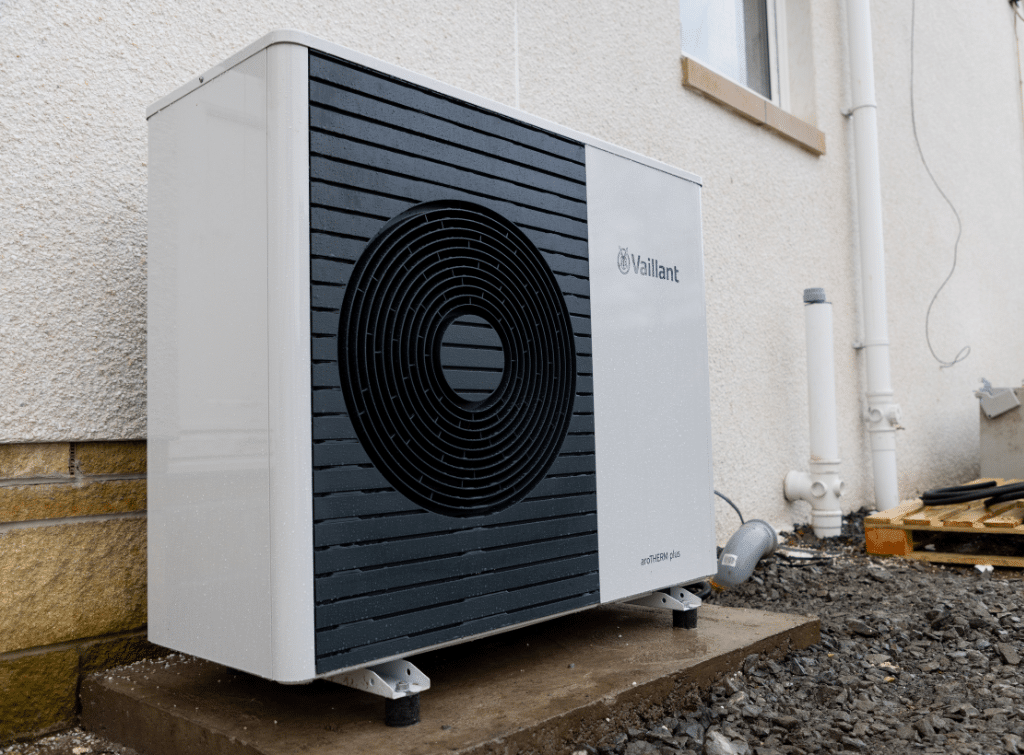Blog>Expert Advice>How to future-proof (and green) your home during a renovation
Last updated: 4 July 2025
How to future-proof (and green) your home during a renovation
This is a guest post from Nesta about how you can future-proof your home during a renovation.


Nesta
Nesta are on a mission to reduce global warming by redesigning the UK's energy systems to reduce harmful pollution from households. They envision a sustainable future, where people can heat their homes more efficiently, cheaply, and easily.
The new UK Government has confirmed that heat pumps will play an integral role in decarbonising our home heating.
Getting a heat pump to provide your heating and hot water reduces your household emissions by up to 70% compared with a gas boiler.
If you’re planning on getting a heat pump, take a look at Get a Heat Pump for information, including the different types of heat pumps according to your needs and type of property, as well as information on the government grants available.
If you aren’t able to install a heat pump now, below are some key things to bear in mind, particularly things to avoid when doing your renovation that will make getting a heat pump easier and cheaper in the future:
Kitchen
If you are getting your hob upgraded, you could think about switching to an induction hob, which is both more energy-efficient and better for your health than gas. Then, when you do get a heat pump you can disconnect your gas supply and save ~£100 a year on daily standing charges.
Whole home
Best not to get rid of water tank spaces, that space will be important to store hot water as and when you switch your boiler for a heat pump
If you're getting underfloor heating, choosing water rather than electric will be much cheaper to run with a gas boiler or a heat pump
If replacing radiators, replace with large ones to optimise heat. Do also check with your plumber about getting radiators that will work with a ‘flow temperature’ of 55 degrees or cooler (that’s the temperature of the water going round your radiators)
When it comes to taking up floorboards, a renovation is a great opportunity to add underfloor insulation which aids energy efficiency, and it might also be eligible for a Government grant
If you are plastering walls or adding skirting or cornicing, consider internal wall insulation, to keep your home both warmer and cooler
If installing fireplaces, avoid choosing gas fires. The gas grid will eventually be closed down, as we move away from heating our homes by burning fossil fuels, so an electrically powered fireplace could be a smart longer term move
Loft
If boarding the loft, add insulation beforehand (check Government grants).
Boiler
Before buying a new gas boiler, it’s always worth finding out if the current one can be repaired. Boilers usually last 10-15 years, some more. Replacement parts are usually available (and some engineers are often incentivised to encourage boiler replacement when it's not necessary). This also buys you time to look at potential heat pump options in due course.
Garden
It’s definitely worth considering where you could put a heat pump in the future. Most people put their air source heat pump near the back of their house. If you want to hide the view of the heat pump from the house, ensure there’s a space to the side of large glass doors, and that opening the doors wouldn't obstruct where the heat pump would go.
For ground source heat pumps, an area of land near your home will be needed to dig trenches or drill boreholes, which makes them not suitable for many properties.
See the tradespeople we've checked and recommend for your job
See the tradespeople we've checked and recommend for your job


